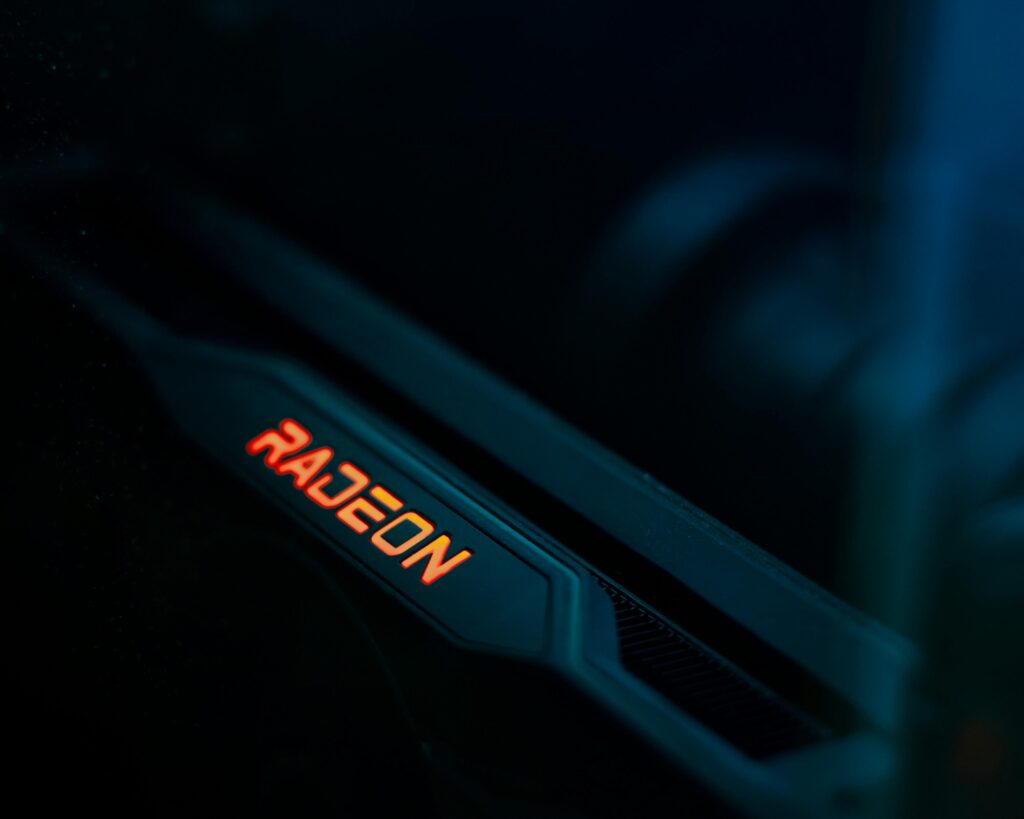What It Really Takes to Go Pro
Going pro in gaming isn’t just about stacking hours or having godlike reflexes. That’s the surface-level stuff. What separates casual players from professionals is structure—mental, physical, and strategic. It’s the difference between someone who hops online after school and someone who trains six hours a day with intent, reviews every match, tracks improvement like a coach, and molds their mindset for pressure.
Skill matters, but raw talent plateaus fast without discipline. Staying calm under pressure, dealing with losing streaks, learning from failure—those traits come from mindset work. The best don’t just grind—they study. They practice deliberately. They know when to push and when to rest.
There’s also a clear line between casual, competitive, and professional gaming. Casual players play to have fun. Competitive players start fighting for leaderboard rankings or local wins. But pros? They’re paid to perform. They’re expected to show up with consistency, adapt to patches, communicate with teams, and think several moves ahead. It becomes part sport, part job.
In short, going pro means turning fun into focus. Treat it casually, and you’ll stay casual. Show up like it’s your job, and it just might become one.
Step 1: Choose Your Game Wisely
The game you pick will define your path. Not every title has a serious pro scene—so don’t waste years grinding in a game that doesn’t have an endgame for professionals. Choosing with purpose means looking beyond what’s fun or trending. It’s about viability.
So what makes a game worth the grind? Three things: active competitions, a strong and growing player base, and developer support. If tournaments are popping up consistently and viewership is there, that’s a green flag. If the devs host regular events and invest in esports infrastructure, even better. A healthy meta and frequent balance updates help too—stagnant games kill growth fast.
If you’re not sure where to start, stick to proven arenas. In FPS, check out CS2, Valorant, or Call of Duty. For MOBAs, League of Legends and Dota 2 are still top tier. Fighting games like Street Fighter 6 and Tekken 8 have growing pro circuits. Real-time strategy (though niche) still holds weight in games like StarCraft II. The common thread? Skill ceilings are high, scenes are evolving, and payouts exist.
Bottom line: don’t just play what’s popular—play what’s scalable.
Step 2: Master the Mechanics
Before you worry about going viral for a highlight reel, lock in the basics. Pro-level play is built on muscle memory—the kind you earn from hours of clean, consistent practice. This means drilling your aim, timing, movement, and game-specific inputs until they become second nature. It’s not glamorous, but it’s how the best separate themselves from the rest.
Stay ahead by keeping up with patch notes and meta changes. Games evolve fast. What worked last month might hold you back today. Understanding how balance tweaks and new content affect your role, strategy, or character gives you an edge the average player won’t have.
Flashy plays look good. Fundamentals win games. You don’t need to land triple no-scope headshots to climb. You need to know positioning, map control, cooldowns, and team synergy. The pros master small things first—and they do them every match, not just for the montage.
Step 3: Build a Training Routine Like an Athlete
If you want pro-level results, you need a system—not guesswork. Start by setting clear goals. Micro goals are tight and focused, like improving your crosshair placement or landing a 95% accuracy rate in a drill. Macro goals look weeks or months ahead—say, climbing to top 500 or winning your next online bracket. Both matter. One keeps your focus sharp day to day, the other gives you long-term fuel.
Next, bring in tools. Aiming trainers like Aim Lab or Kovaak’s help lock in precision. Reviewing your replays and analyzing better players’ VODs show you what actually works. Don’t skip this part—it’s where the real improvement lives. Practicing blind is just spinning your wheels.
Finally, pace yourself. Burning out gets you nowhere. Treat your body and brain like any athlete would. Build a schedule with real breaks. Mix up your practice—some days it’s drills, others it’s match play or review. Structured rest isn’t slacking, it’s part of the workflow.
Train smart, not just hard. That’s where the edge is.
Step 4: Get Involved in the Competitive Scene
Grinding solo only gets you so far. If you really want to level up, you need to throw yourself into the fire. Ranked ladders help you measure skill against a bigger pool, but they’re just the start. Amateur tournaments and online leagues give you structure, pressure, and the kind of experience you can’t fake. Treat every match like a test—because recruiters often watch how you perform under pressure, not just your highlight reel.
Plug into the community too. Discord servers, subreddit hubs, local meetups—this is where the real networking happens. Teams form, opportunities pop up, sparring partners appear. Don’t underestimate who’s watching or who you might impress.
And here’s the hard truth: you’re going to lose. A lot. That’s fine. What separates casuals from pros is what you do after the match ends. Watch your losses. Take notes. Figure out what went wrong—and why. Self-review isn’t just helpful, it’s mandatory in the climb to pro.
Push yourself into competition, stay connected, and treat every setback like a blueprint for the next win.
Step 5: Invest in the Right Setup
Going pro doesn’t mean maxing out your credit card on gear. What matters is performance over flash. A solid setup supports your skill—it doesn’t replace it.
Start with the basics. You need low-latency hardware. That means a mouse and keyboard (or controller) built for responsiveness, not LED light shows. Monitor refresh rate matters—aim for at least 144Hz. Anything less can put you a step behind in high-speed plays.
Next, make sure your internet is rock-solid. A flaky connection will kill your game faster than any opponent. If you can, hardwire into your router and pick an ISP that offers consistent speeds during peak times.
Comfort counts more than most people think. A decent chair and a layout that doesn’t wreck your posture keep you grinding longer and sharper. Fatigue loses matches.
If you’re just starting out, stay smart. Budget rigs can still punch above their price with the right tweaks. Used monitors, basic mechanical keyboards, and entry-level gaming mice from trusted brands get the job done. Prioritize function, not branding.
Pro-level play comes from the player. Your gear just needs to keep up.
Step 6: Build Your Personal Brand
You can’t afford to be invisible. In today’s gaming landscape, playing well isn’t enough—you need to share it, talk about it, and build a following around it. That means streaming on Twitch or Kick, uploading smart content to YouTube, and keeping a pulse on social platforms like X (formerly Twitter), TikTok, and Instagram. The more places you show up, the more chances you have to connect with fans and get noticed.
But don’t just post randomly. Be known for something. Are you the support main who breaks down pro strats? The cracked solo-queue grinder with raw mechanics? Or maybe the chill community builder who runs inclusive events? Find what makes you different, double down on it, and make people care.
These platforms aren’t just engagement tools—they’re gateways. Visibility leads to real opportunities: brand sponsorships, affiliate deals, scrim invites, and eventually, team offers. Your content tells the world you’re committed—and that you’re marketable. That’s the difference between staying in the ranked ladder and getting scouted. Show what you bring to the table—then keep showing up.
Step 7: Keep Learning and Leveling Up
Staying ahead in the pro gaming world means more than just putting in hours—it requires continuous education and staying informed. The best players know how to evolve with the game, adapt to changes, and think critically about their performance.
Stay Updated on the Game
The meta is always shifting, and those who stay ahead of the curve often take the lead. Monitoring changes across your chosen game helps you prepare before the competition catches on.
- Follow top-tier esports tournaments to see how pros adapt in real-time
- Keep up with patch notes and balance updates from developers
- Join discussions on forums, Discord, and Reddit to stay in the loop
Level Up Through Better Competition
Surrounding yourself with stronger players isn’t just humbling—it’s essential for growth.
- Join communities or scrim groups with players who challenge you
- Ask for feedback and be open to constructive criticism
- Watch how higher-ranked players approach in-game decisions
Train Your Mind as Much as Your Mechanics
Gaming professionally is a mental game just as much as a physical one. Sharpen your tactical thinking with resources beyond the console.
- Analyze your own gameplay and identify trends and habits
- Study guides, player interviews, and breakdown videos
- Read up on team dynamics, decision-making, and psychological resilience
Pro gamers are students of the game. The ones who rise through the ranks are often those who obsess over the details—and never stop learning.
Final Thoughts: Pro Means Professional
Talent opens doors, but consistency determines who walks through them. In the pro gaming world, anyone can have a good day—champions string together good weeks, months, seasons. Showing up on time, treating every match like it matters, and grinding even when no one’s watching? That’s the mindset that separates contenders from long-term pros.
Sportsmanship isn’t optional either. Trash talk might get clicks, but respect for the game, your team, and even your opponents is what keeps careers alive. Coaches and orgs notice how you handle losses more than wins. Professionalism, both online and offline, builds reputations—and reputations open doors.
Accountability rounds it out. Own your mistakes. Put in the work. Push through plateaus. Because at the end of the day, going pro isn’t about playing games for fun—it’s about building something bigger. The hours are long and the pressure’s real, but if you stay hungry and handle your business, the payoff isn’t just a title—it’s a future.


 Esports Trends Analyst & Community Programs Manager
Esports Trends Analyst & Community Programs Manager
